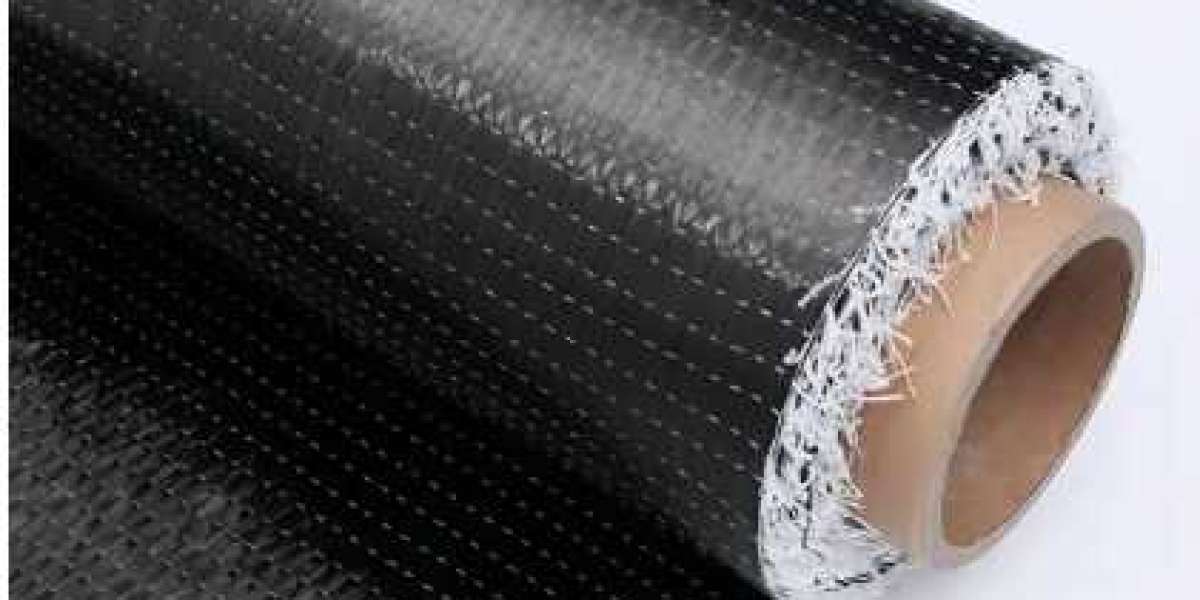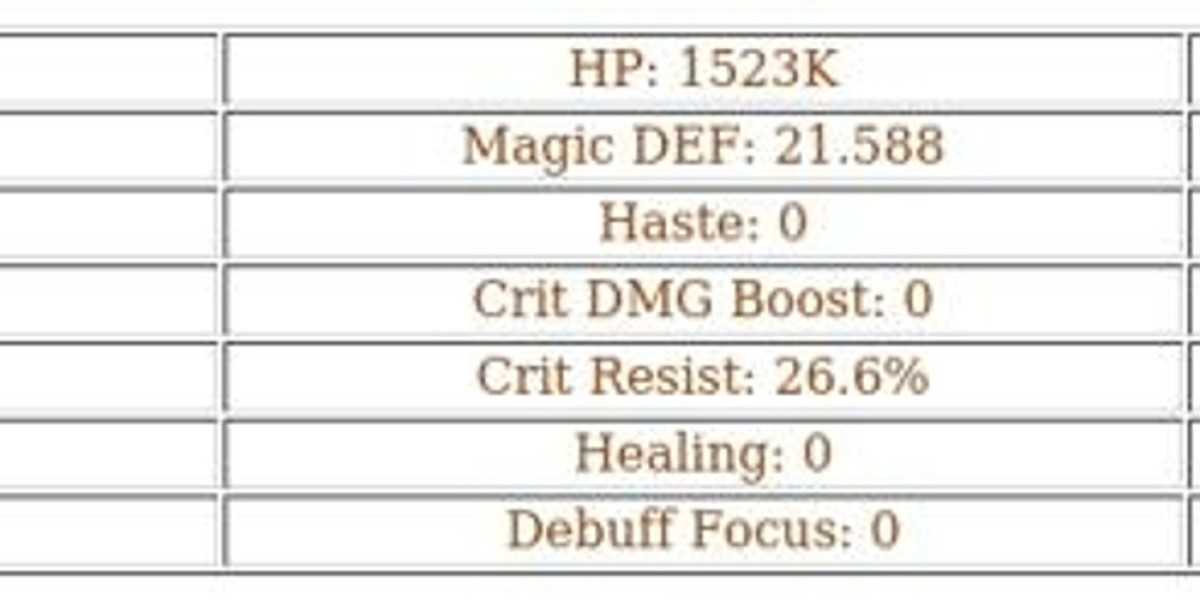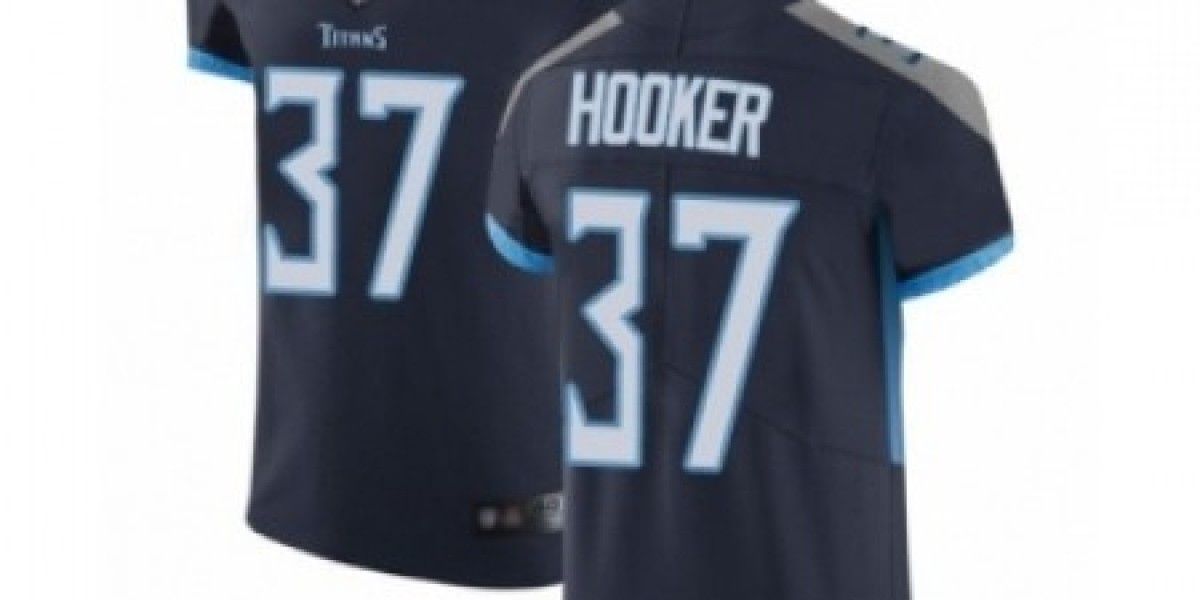Carbon fiber fabric is a versatile and high-performance material that finds numerous applications in industries such as aerospace, automotive, construction, and sports equipment. It is known for its exceptional strength, lightweight properties, and resistance to corrosion. Carbon fiber fabric comes in various grades and parameters, each suited for specific applications and requirements. In this article, we will explore how the grades and parameters of carbon fiber fabric are divided and their significance in different industries.
Fiber Type
The first division of carbon fiber fabric is based on the type of carbon fiber used. Carbon fibers can be classified into different types, such as standard modulus (SM), intermediate modulus (IM), high modulus (HM), and ultra-high modulus (UHM). These types differ in their tensile strength, stiffness, and cost. Standard modulus carbon fibers are the most commonly used and offer a good balance between strength and cost. Intermediate modulus carbon fibers provide higher strength and stiffness, making them suitable for applications that require enhanced performance. High modulus and ultra-high modulus carbon fibers offer the highest strength and stiffness, but they are also more expensive.
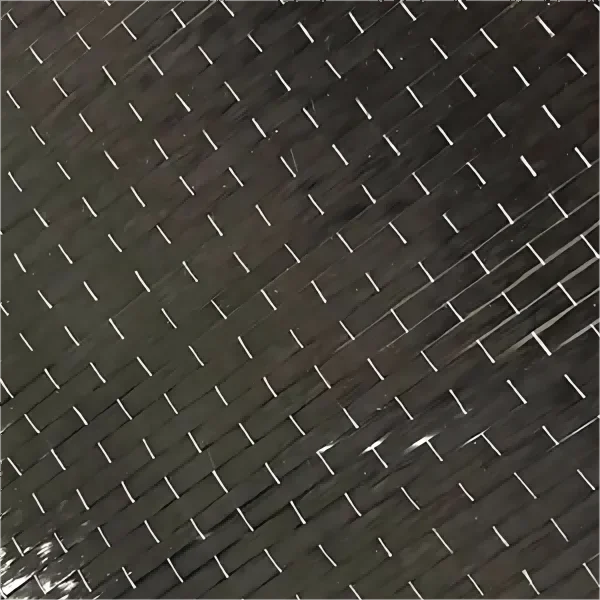
Weave Pattern
The weave pattern refers to the arrangement of carbon fibers in the fabric. Different weave patterns result in varying mechanical properties and appearance. The most common weave patterns for carbon fiber fabric include plain weave, twill weave, and satin weave.
Plain weave: This is the simplest and most common weave pattern, where the carbon fibers are woven in a simple over-and-under pattern. Plain weave fabrics offer good strength and are relatively easy to handle. However, they may exhibit lower drapability and have a more visible grid-like appearance.
Twill weave: Twill weave patterns have a diagonal pattern created by the interlacing of carbon fibers. Twill weave fabrics provide better drapability and drape over complex shapes more easily. They also offer improved strength and have a more aesthetic appearance compared to plain weave fabrics.
Satin weave: Satin weave patterns have a more complex arrangement, resulting in a smooth and glossy surface. Satin weave fabrics offer excellent drapability, high strength-to-weight ratio, and a unique visual appeal. However, they may be more prone to fraying and require careful handling.
The choice of weave pattern depends on the specific application requirements, including strength, flexibility, appearance, and cost.
Weight (Ounces per Square Yard or GSM)
The weight of carbon fiber fabric is measured in ounces per square yard (oz/yd²) or grams per square meter (gsm). It refers to the mass of the fabric per unit area and is an important parameter to consider when selecting the appropriate fabric for a specific application. Different weight options are available, ranging from lightweight to heavyweight fabrics.
Lightweight fabrics (below 3 oz/yd² or 100 gsm) are commonly used in applications where weight reduction is critical, such as aerospace and automotive industries. They offer high strength-to-weight ratio, allowing for improved fuel efficiency and performance.
Medium weight fabrics (between 3-6 oz/yd² or 100-200 gsm) provide a balance between weight and strength. They find applications in various industries, including sports equipment, marine, and civil engineering.
Heavyweight fabrics (above 6 oz/yd² or 200 gsm) offer enhanced strength and durability. They are typically used in applications that require high structural integrity, such as wind energy, construction, and industrial equipment.
The choice of fabric weight depends on the specific requirements of the application, including load-bearing capacity, stiffness, and cost considerations.
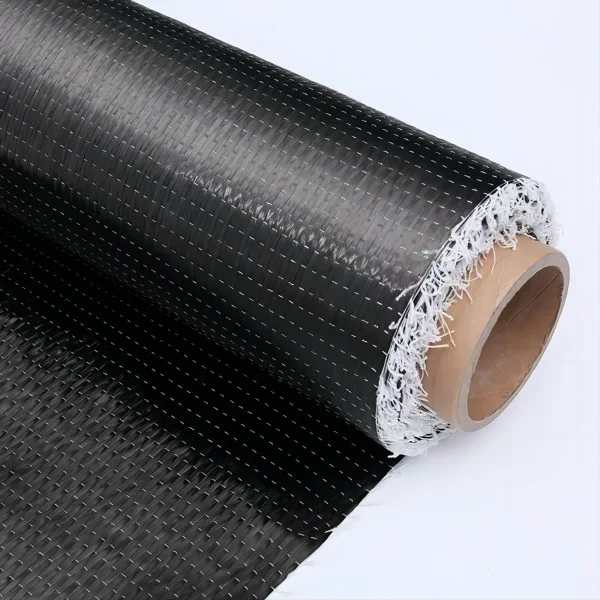
Resin Compatibility
Another important factor to consider when selecting carbon fiber fabric is its compatibility with different resin systems. Carbon fiber fabric is commonly used in conjunction with various resin systems, such as epoxy, polyester, and vinyl ester. The fabric should be compatible with the resin system to ensure proper adhesion and bonding. Different fabric grades and finishes are available to enhance the bonding characteristics and compatibility with specific resin systems. It is essential to select a fabric that is compatible with the intended resin system to achieve optimal mechanical properties and performance.
Surface Finish
Carbon fiber fabric can have different surface finishes, including a standard finish or a specialty finish. The standard finish is a smooth, glossy surface suitable for most applications. Specialty finishes, such as peel-ply or fabric scrim, are used to improve resin bonding and surface preparation. Peel-ply provides a textured surface that enhances resin adhesion, while fabric scrim adds a layer of stability and reinforcement.
The choice of surface finish depends on the specific requirements of the application, such as resin bonding strength, surface preparation ease, and cosmetic appearance.
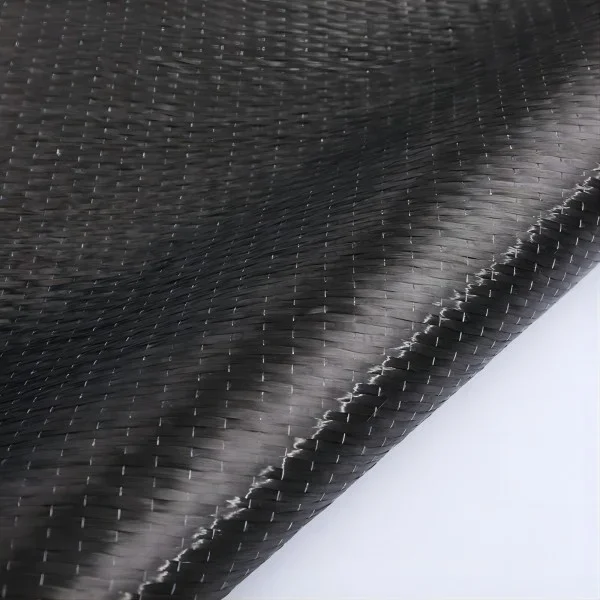
Conclusion
In conclusion, the grades and parameters of carbon fiber fabric play a crucial role in determining its suitability for different applications. Factors such as fiber type, weave pattern, weight, resin compatibility, and surface finish contribute to the mechanical properties, appearance, and performance of the fabric. Understanding these divisions and selecting the right carbon fiber fabric ensures optimal results in industries rangingfrom aerospace to automotive, construction, and sports equipment manufacturing. By considering the appropriate grades and parameters of carbon fiber fabric, industries can harness the exceptional properties of this material and unlock its full potential for innovation and efficiency.
HengZhong Carbon Fiber Fabric uses high-precision carbon wire, advanced equipment, and powerful weaving technology. It is very glue-saving and durable. Each square carbon cloth can save about 0.5kg of carbon glue, and it also meets the design life of more than 50 years. For you Build a security framework to escort! Contact us to tell us about your performance fiber product needs!
E-mail: [email protected]
